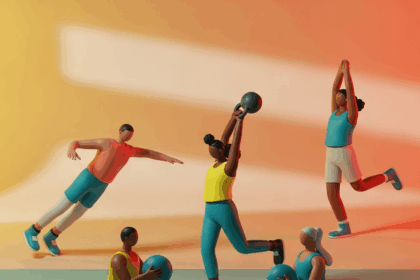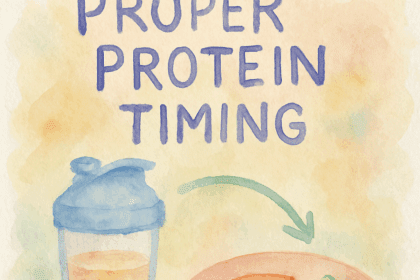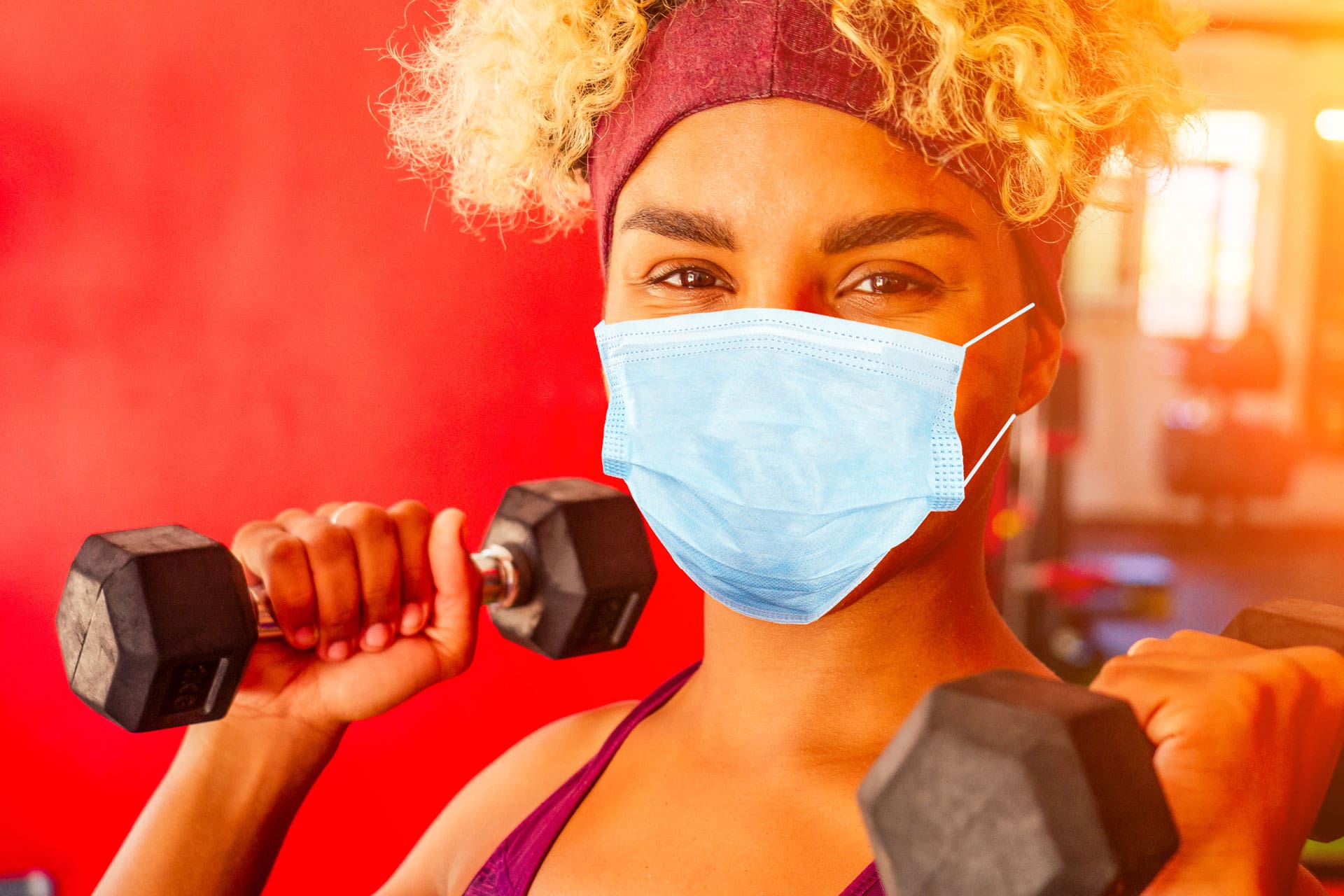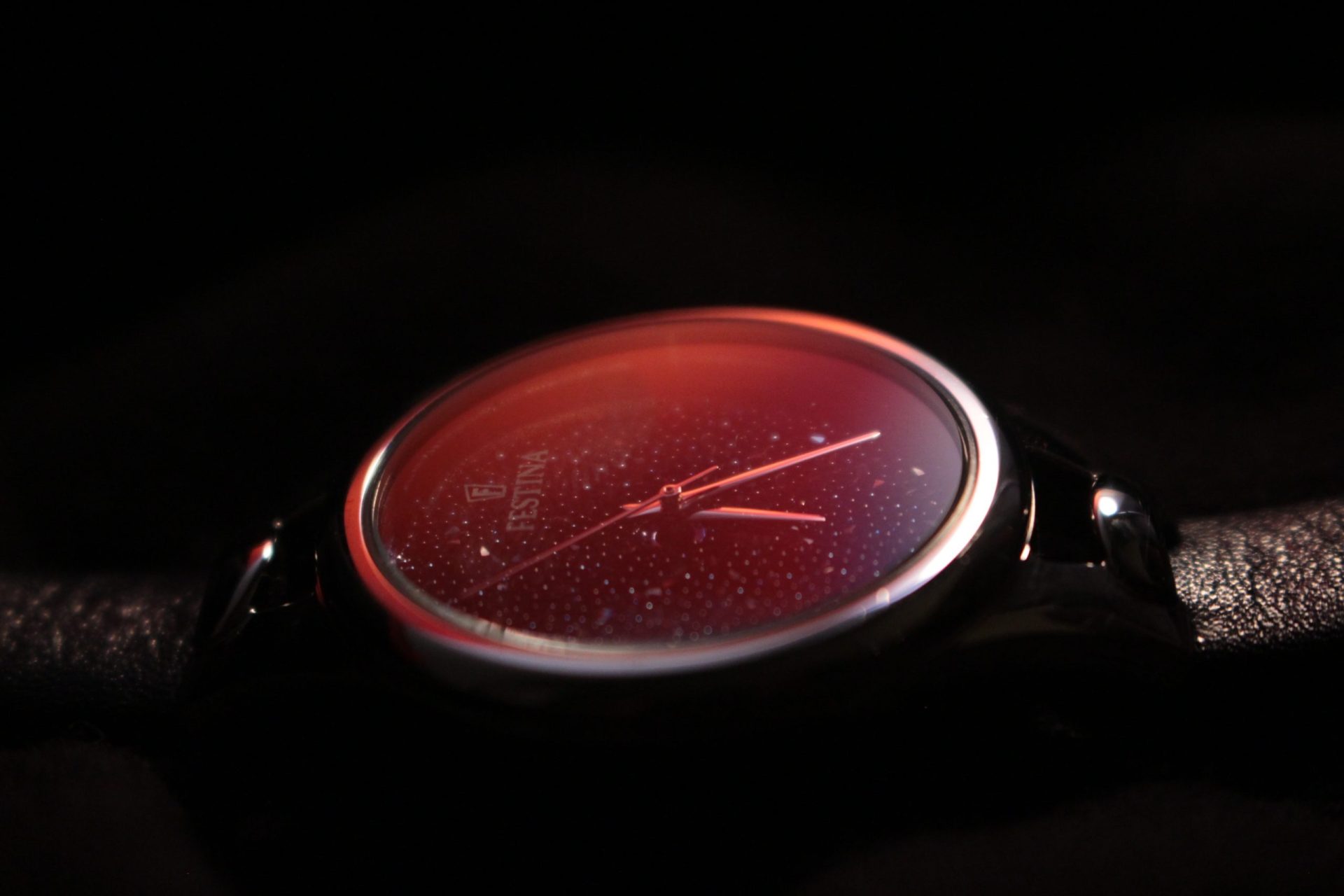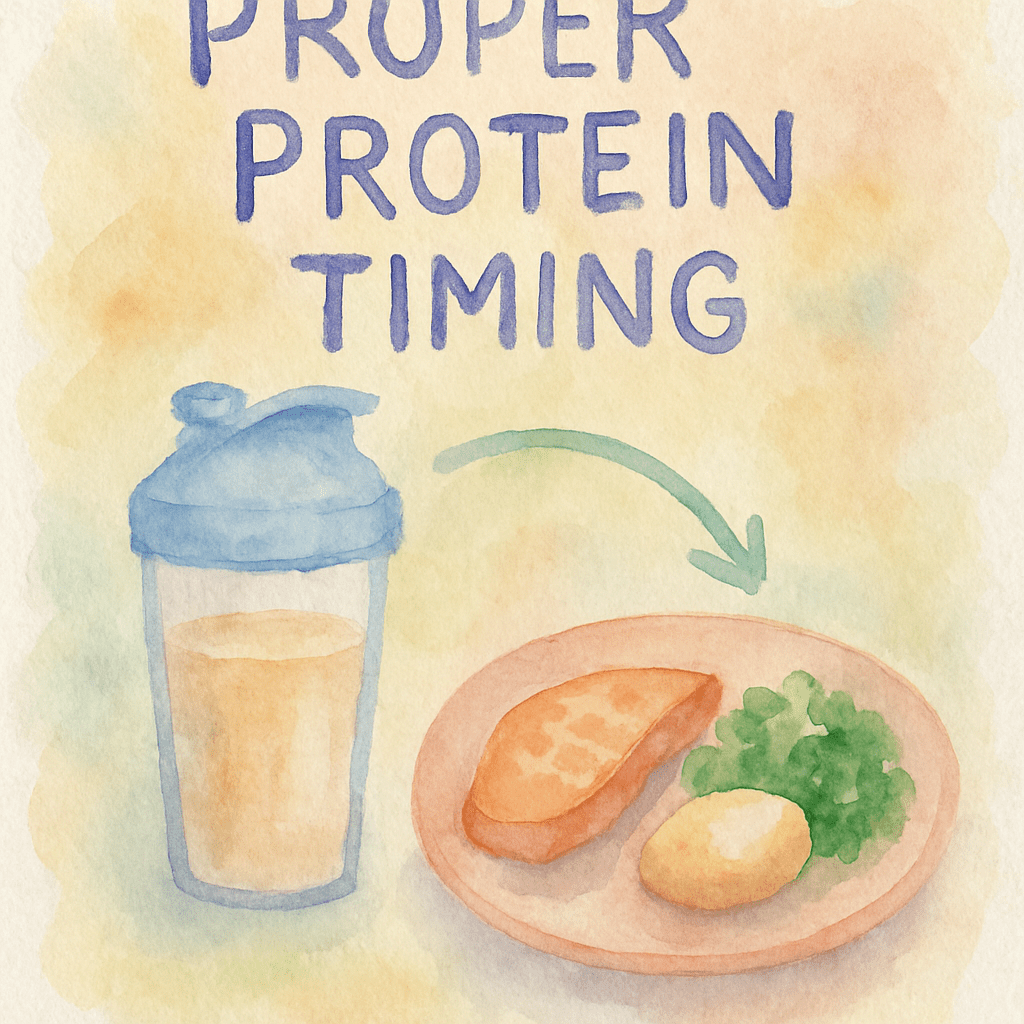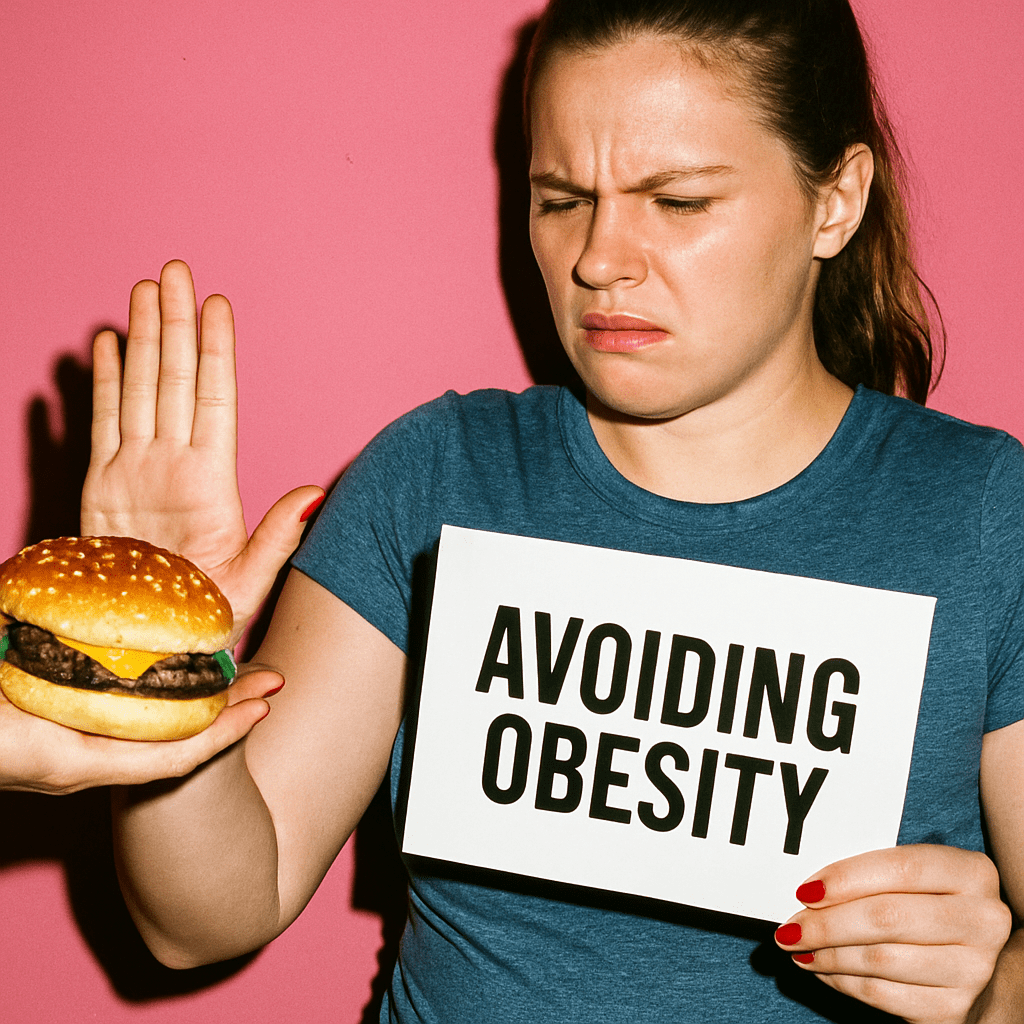Cannabis, a psychoactive plant with a long history of use for both recreational and medicinal purpose contains an array of chemical compounds known as cannabinoids. Among the cannabinoids, delta-9-tetrahydrocannabinol (THC) and cannabidiol (CBD) are the most extensively studied. Over time, selective breeding and cultivation practices have focused on increasing the relative concentration of THC in various cannabis strains. As a result, modern cannabis strains often have significantly higher THC levels compared to historical varieties.
THC primarily exerts its physiological effects through the endogenous cannabinoid system, also known as the endocannabinoid system. In the body, THC acts as a partial agonist to two primary cannabinoid receptors, according to a 2008 paper. The CB1 receptors are primarily found in the central nervous system. The CB2 receptors are predominantly located in peripheral tissue. These receptors play essential roles in regulating various physiological processes, including pain perception, mood, appetite, and immune response.
Cannabidiol, another prominent cannabinoid in cannabis, lacks the psychotropic effects commonly associated with THC. It has limited influence on either CB1 or CB2 receptors, suggesting that its’ physiological effects are mediated through different mechanisms. A 2021 paper suggested that CBD has been of increasing interest due to its potential therapeutic benefits, including anti-inflammatory, analgesic, and anxiolytic properties.
Because THC and CBD have distinct effects on the endocannabinoid system, they both may impact athletic performance and recovery differently. While THC is known for its psychoactive effects and potential performance-enhancing properties, CBD is generally considered non-psychoactive and may offer various health benefits without altering mental state. The different legal status of THC and CBD has also contributed to growing interest in exploring their potential therapeutic uses.
Exercise itself can uniquely affect the endocannabinoid system, leading to outcomes that may differ from the influence of THC and CBD during sedentary states. A 2021 study suggested the interplay between exercise-induced changes and the cannabinoids may result in varied physiological effects for athletes. It’s important to note that cannabis contains numerous other molecules aside from THC and CBD. Some of these less abundant cannabinoids may also have physiological effects that could affect human performance. However, this review will focus specifically on THC and CBD due to their prominence and notoriety.
Cannabis is commonly consumed through smoking, leading to rapid effect, or through ingesting cannabinoid-containing food products, resulting in delayed uptake with peak effects occurring later. The pharmacology of THC and CBD may vary depending on various factors, influencing their bioavailability and elimination rates. Many athletes seek the anxiolytic and muscle relaxing effects of cannabis consumption. However, according to a 2020 study, isolated CBD is believed to offer beneficial effects such as improved sleep, exercise recovery, pain management, mood enhancement, and even recovery from concussions. These potential benefits may serve as motivation for cannabis use among athletes, including some professionals. However, despite the widespread use of cannabis, cannabinoid-based food products, and isolated CBD by athletes trying to enhance performance and recovery, there is no clear consensus on their overall efficacy. According to the World Anti-Doping Agency (WADA) in 2022, cannabis is currently prohibited during the in-competition phase due to its potential to enhance sport performance, pose health risks to athletes, and violate the spirit of sport. As a result, the topic of cannabis use remains controversial in the athletic community.
Despite cannabis being considered an illicit drug in most countries and being listed as a prohibited substance by the World Anti-Doping Agency (WADA), there are continued reports of its use among competitive and recreational athletes. The widespread accounts of cannabis use in the athletic community highlight the need for further research in this area. Opinions regarding the efficacy of cannabis remain divided, although cannabis has demonstrated clear potential to affect many physiological functions. So far, the specific effects of cannabis on athletic performance lack validity due to the lack of empirical evidence. Studies examining the physiological actions of cannabinoids have provided valuable insights into their potential interactions with athletic performance and cardiorespiratory homeostasis. A notable research design problem is that exercise requires coordination between multiple physiological systems.
Preliminary research on the cardiovascular effects of cannabis has shown a wide range of responses, including changes in heart rate, blood pressure, and limb blood flow, according to a 1975 paper. A 1993 study found that cannabis consumption was associated with transient sinus tachycardia, leading to an increased myocardial oxygen demand. This effect persisted during submaximal exercise, increasing rate-pressure product at a given exercise intensity, indicating myocardial oxygen demand in a follow-on study from 2008. Smoking cannabis could elevate myocardial oxygen demand by reducing oxygen supply because of the inhaled carbon monoxide. This effect is increase in myocardial oxygen demand is also found in cigarette smokers.
According to the CDC, the effects of cannabis and its primary psychoactive compound, THC, on blood pressure are variable and can range from increased systolic blood pressure and increased diastolic blood pressure to no changes at all. It’s worth mentioning that chronic or heavy cannabis use may have very different effects on blood pressure compared to acute or occasional use. Some evidence has suggested that persistent high-dose THC consumption over weeks can alter blood pressure responses during exercise, with a reduction in the rise in systolic blood pressure and an exaggeration of the reduction in diastolic blood pressure. The mechanisms underlying these blood pressure effects are not fully understood. However, they are believed to involve the interaction of THC with the endocannabinoid system and autonomic nervous system. THC can influence the release of neurotransmitters and hormones that regulate blood vessel dilation and constriction, leading to changes in blood pressure.
The effects of cannabis and THC on respiratory function have not been extensively studied. The available evidence suggests that these effects, while acute, are transient. Only two studies have been conducted with healthy individuals to examine the impact of cannabis and THC on respiratory function during exercise. One of these studies from 1975 reported no significant difference in respiratory function, while another study from 1986 found an increased Forced Expiratory Volume (FEV) after exercise. FEV measures the amount of air exhaled forcefully in a single breath. The increased FEV observed in the latter study may be attributed to the bronchodilation effect of THC. Bronchodilation refers to the widening of the airways in the lungs, which can lead to improved airflow and lung function.
The bronchodilation effect of THC raises the possibility that it could influence respiratory performance, especially considering that bronchodilators have been used by past athletes for their purported ergogenic (performance-enhancing) effects. However, a 2020 study stated that the specific ergogenic effects of THC as a bronchodilator have not been confirmed, and further research is needed to establish any impact on athletic respiratory performance. An interesting observation from a 1975 study showed that THC appears to alter ventilatory sensitivity to carbon dioxide. Ventilatory sensitivity refers to how responsive the body’s respiratory system is to changes in carbon dioxide levels. While it is noted that THC may have this effect, it remains unclear whether this alteration only occurs during exercise or also during periods of rest.
Overall, the limited studies on the effects of cannabis and THC on respiratory function during exercise call for further research to provide a more comprehensive understanding of their potential impact on respiratory performance. Investigating the potential ergogenic effects of THC as a bronchodilator and its influence on ventilatory sensitivity during exercise is essential to better inform athletes and researchers about the implications of cannabis use.
Cannabis and its constituent cannabinoids have demonstrated the potential to influence the functional systems that humans rely on during exercise. However, our understanding of the physiological effects of these substances remains incomplete. Currently, there is a lack of comprehensive research exploring how cannabinoids, apart from CBD, may affect the cardiorespiratory system during exercise. Existing studies have primarily focused on CBD, cannabis, or THC, leaving gaps in understanding of how other cannabinoids may influence exercise capacity and performance. While the cardiorespiratory effects of cannabis, CBD, and THC at rest have been relatively well-described, more research is required to understand their impact during exercise. This research should encompass a broader range of cannabinoids to gain a more comprehensive understanding of their effects on the cardiorespiratory system during physical activity. Further research is needed to explore the potential ergogenic effects of cannabinoids, the impact of other cannabinoids on the cardiorespiratory system during exercise, and their overall applicability for athletic performance. Robust and controlled studies are essential to provide comprehensive insights into how cannabis and cannabinoids may affect human performance during exercise and to inform regulations and guidelines for athletes.
References
Russo, E. B. (2013). Cannabis and cannabinoids: Pharmacology, Toxicology, and Therapeutic Potential. Routledge.
Mackie K. (2008). Cannabinoid receptors: where they are and what they do. Journal of neuroendocrinology, 20 Suppl 1, 10–14.
Grinspoon, P., MD. (2021). Cannabidiol (CBD): What we know and what we don’t. Harvard Health.
Burr, J. F., Cheung, C. P., Kasper, A., Gillham, S. H., & Close, G. L. (2021). Cannabis and athletic performance. Sports Medicine, 51(S1), 75–87. https://doi.org/10.1007/s40279-021-01505-x
Huestis, M. A., Sampson, A. H., Holicky, B., Henningfield, J. E., & Cone, E. J. (1992). Characterization of the absorption phase of marijuana smoking. Clinical Pharmacology & Therapeutics, 52(1), 31–41.
Schlienz, N. J., Spindle, T. R., Cone, E. J., Herrmann, E. S., Bigelow, G. E., Mitchell, J. M., Flegel, R., LoDico, C., & Vandrey, R. G. (2020). Pharmacodynamic dose effects of oral cannabis ingestion in healthy adults who infrequently use cannabis. Drug and Alcohol Dependence, 211, 107969.
Wada. (2022, September 23). WADA Executive Committee approves 2023 Prohibited List. World Anti Doping Agency. https://www.wada-ama.org/en/news/wada-executive-committee-approves-2023-prohibited-list
Prakash, R., Aronow, W. S., Warren, M., Laverty, W., & Gottschalk, L. A. (1975). Effects of marihuana and placebo marihuana smoking on hemodynamics in coronary disease. Clinical Pharmacology & Therapeutics, 18(1), 90–95. https://doi.org/10.1002/cpt197518190
Heart Health | Health Effects | Marijuana | CDC. (n.d.). https://www.cdc.gov/marijuana/health-effects/heart-health.html#:~:text=Marijuana%20can%20make%20the%20heart,pressure%20higher%20immediately%20after%20use.
Steadward, R. S. (1975). The effects of smoking marihuana on physical performance. Europe PMC. https://europepmc.org/article/med/1235156
Renaud, A. R. (1986). Acute effects of marihuana smoking on maximal exercise performance. Europe PMC. https://europepmc.org/article/med/3097453
Goubault, C. (2001). Effects of inhaled salbutamol in exercising non-asthmatic athletes. Thorax, 56(9), 675–679. https://doi.org/10.1136/thorax.56.9.675
Riiser, A., Stensrud, T., Stang, J., & Andersen, L. B. (2020). Can β2-agonists have an ergogenic effect on strength, sprint or power performance? Systematic review and meta-analysis of RCTs. British Journal of Sports Medicine, 54(22), 1351–1359. https://doi.org/10.1136/bjsports-2019-100708
Malit, L. (1975). Intravenous delta9-Tetrahydrocannabinol: Effects of ventilatory control and cardiovascular dynamics. Europe PNC. https://europepmc.org/article/med/1130738




